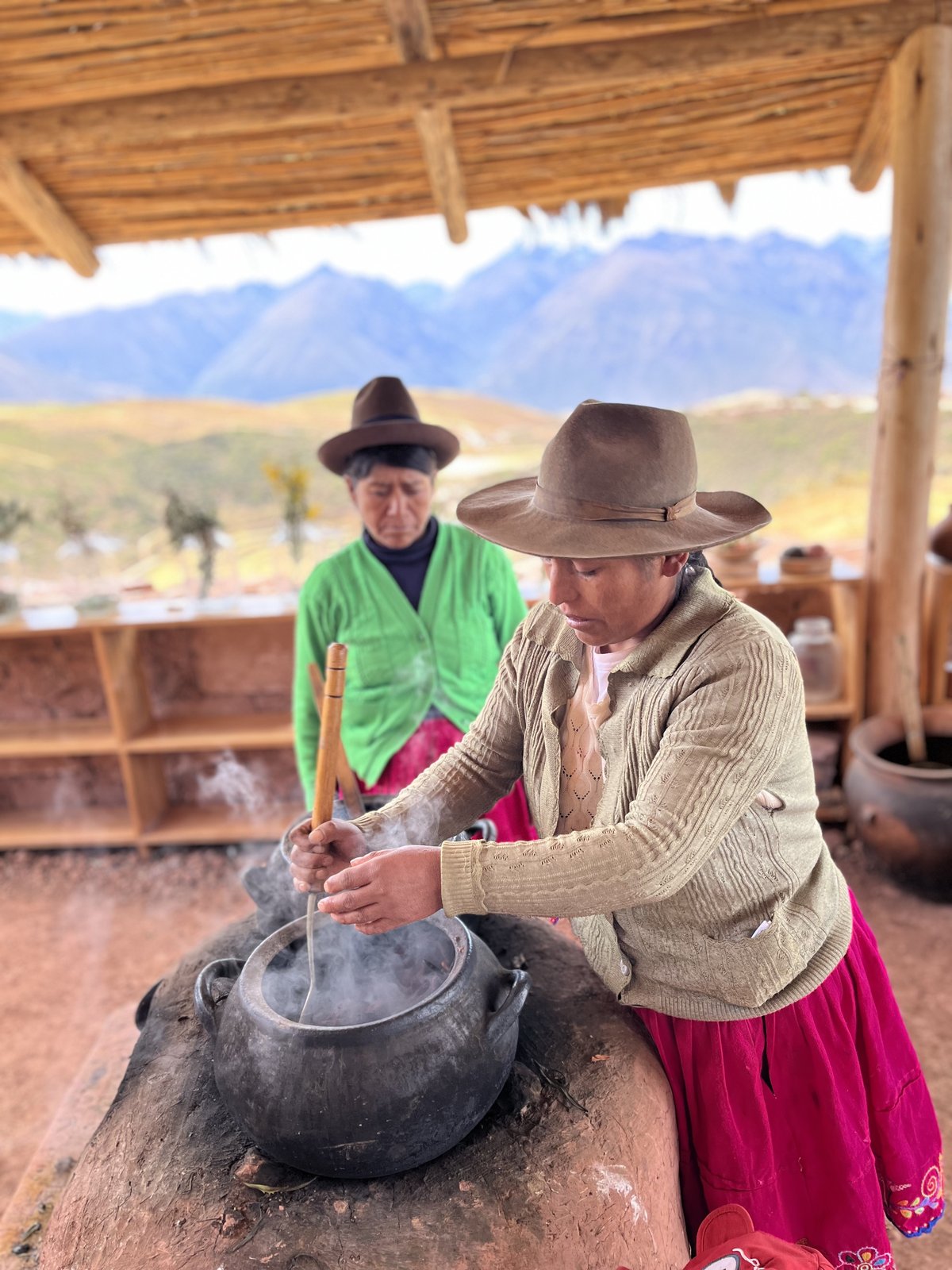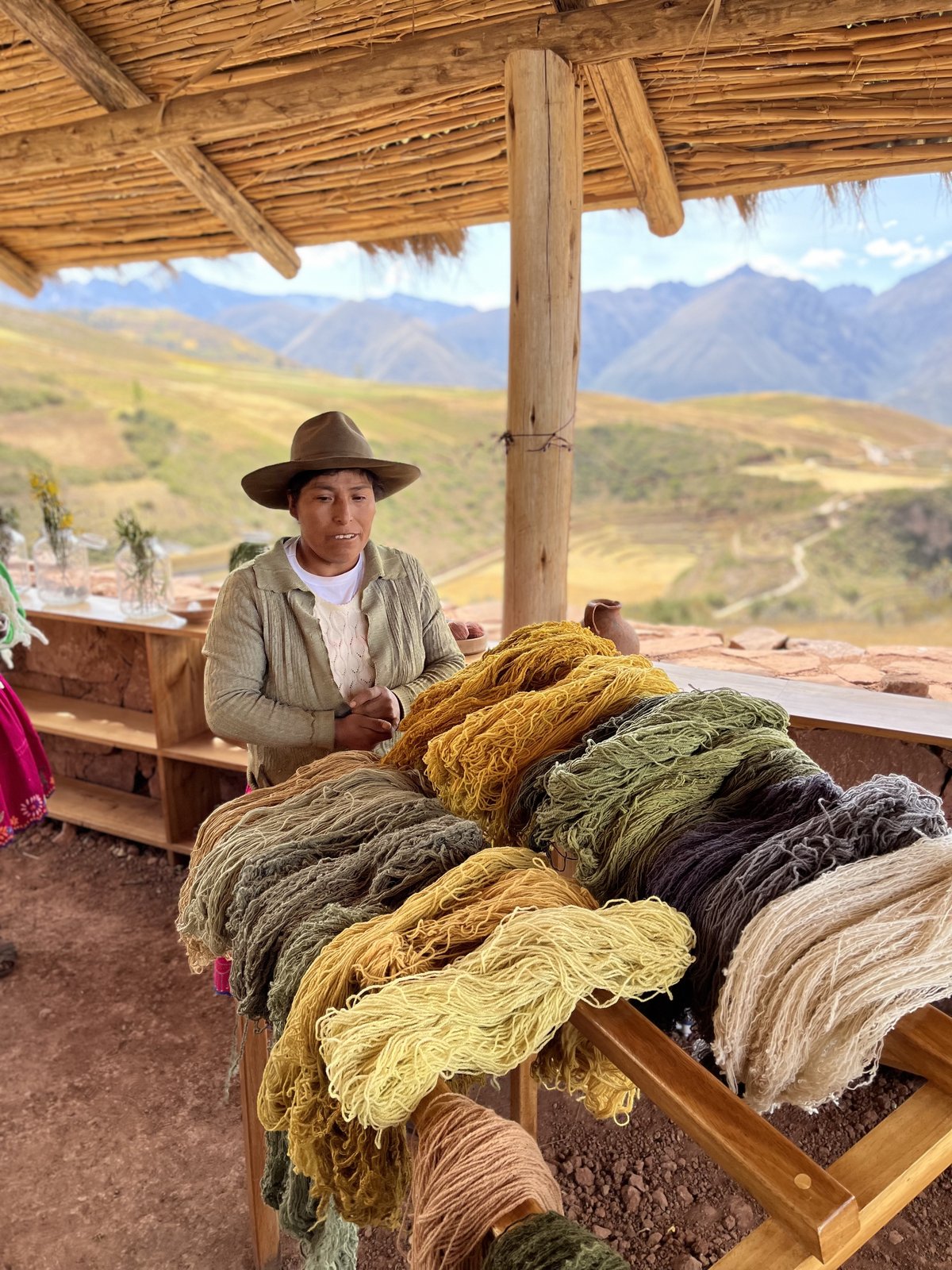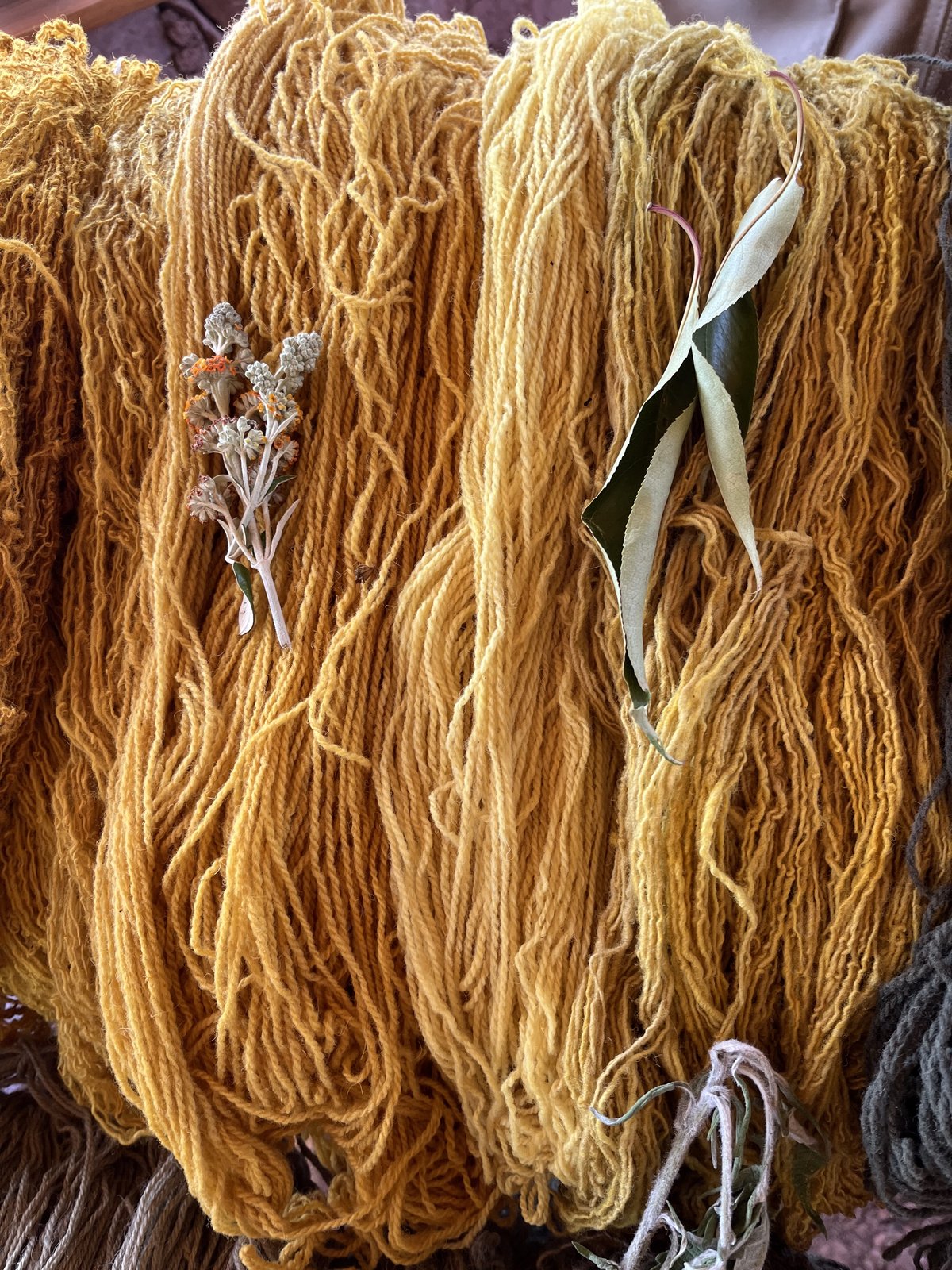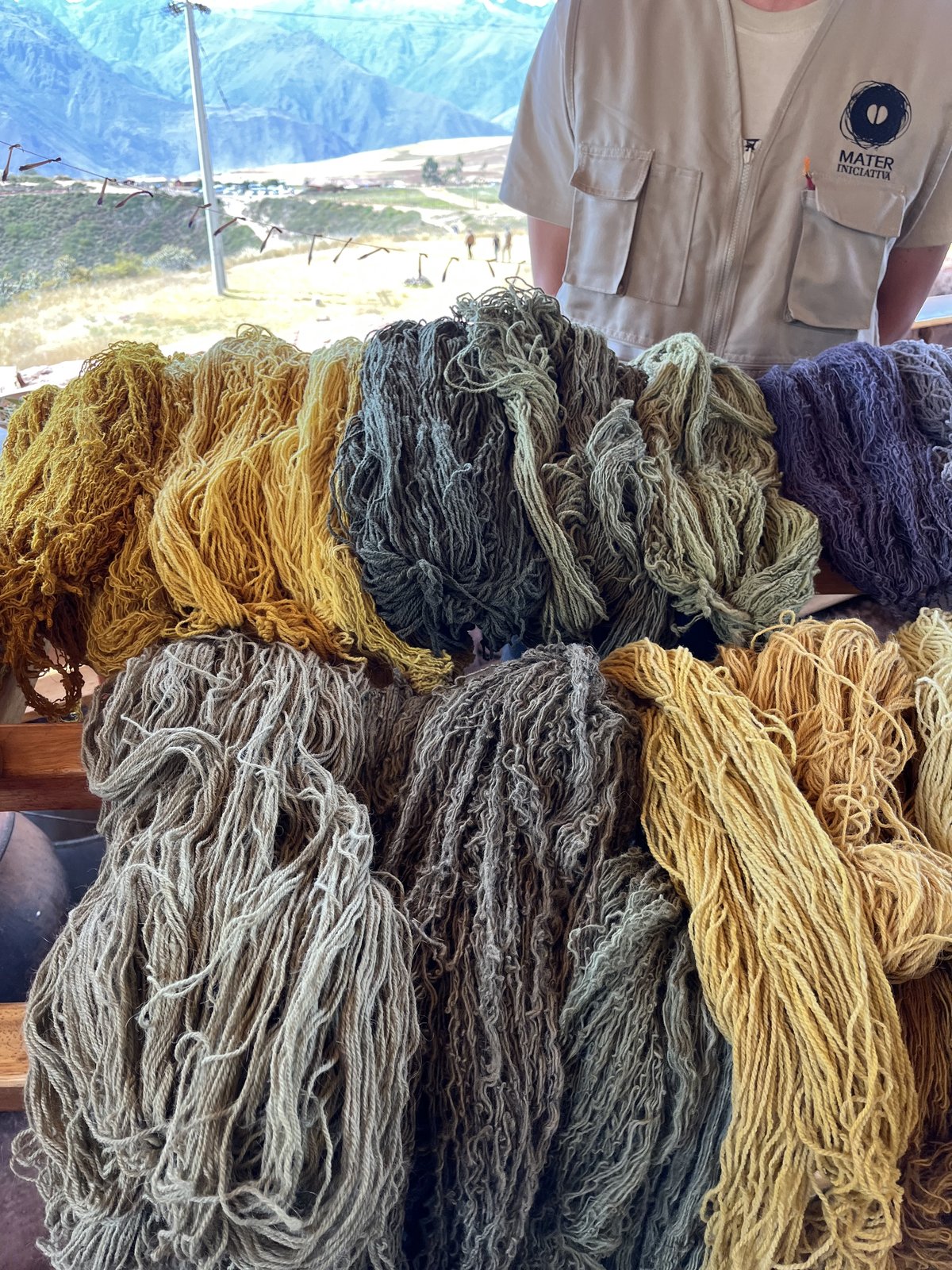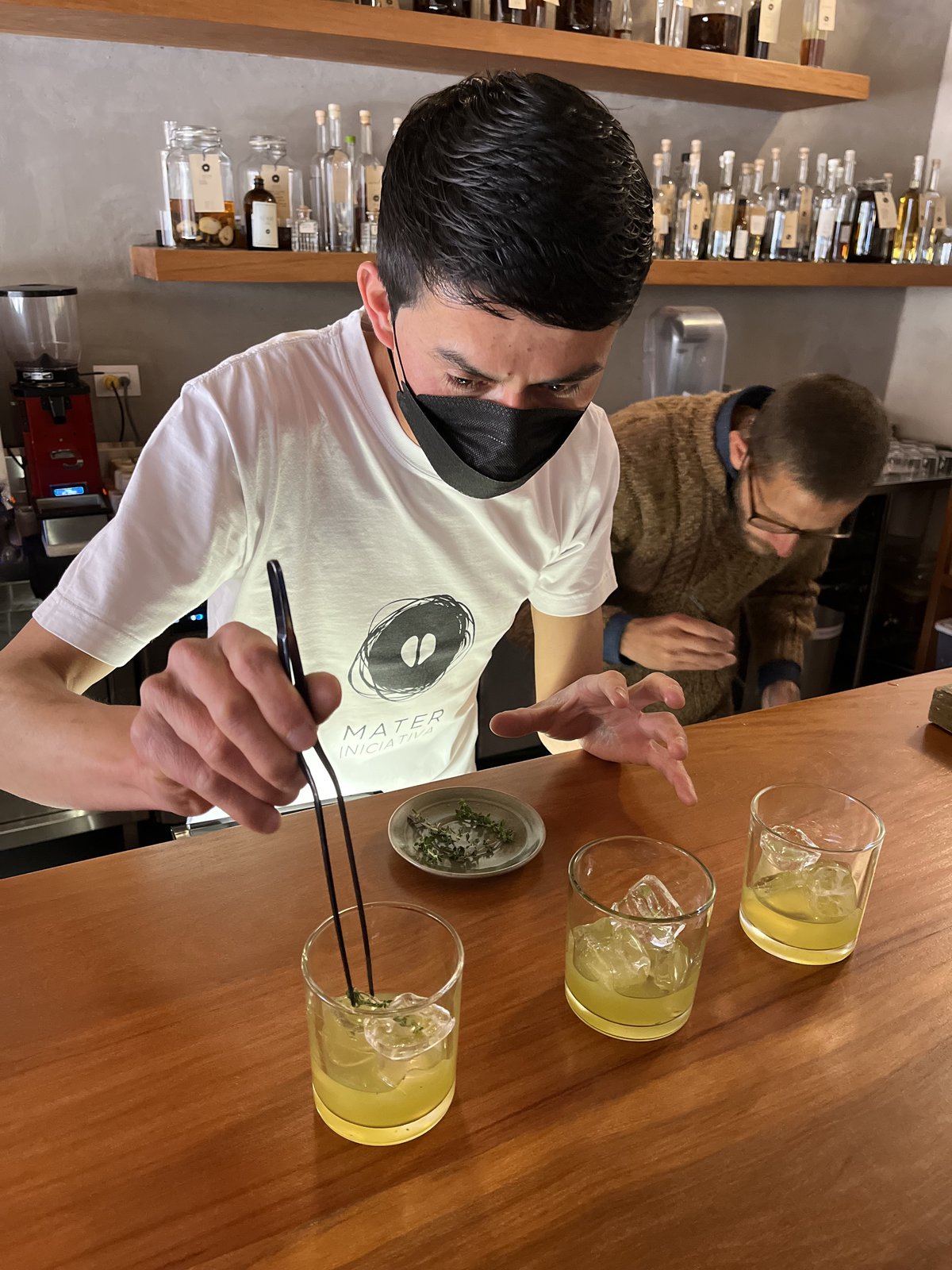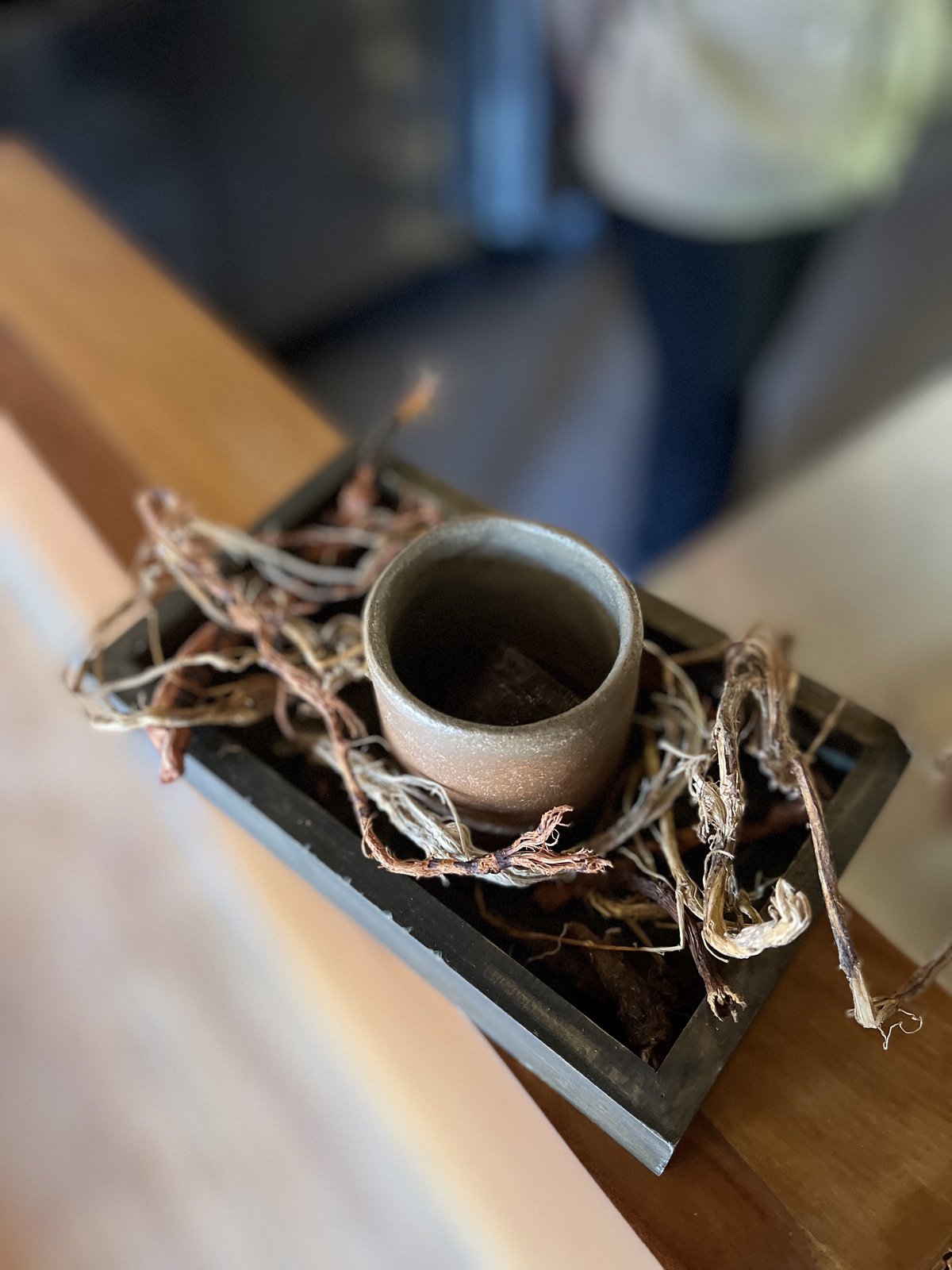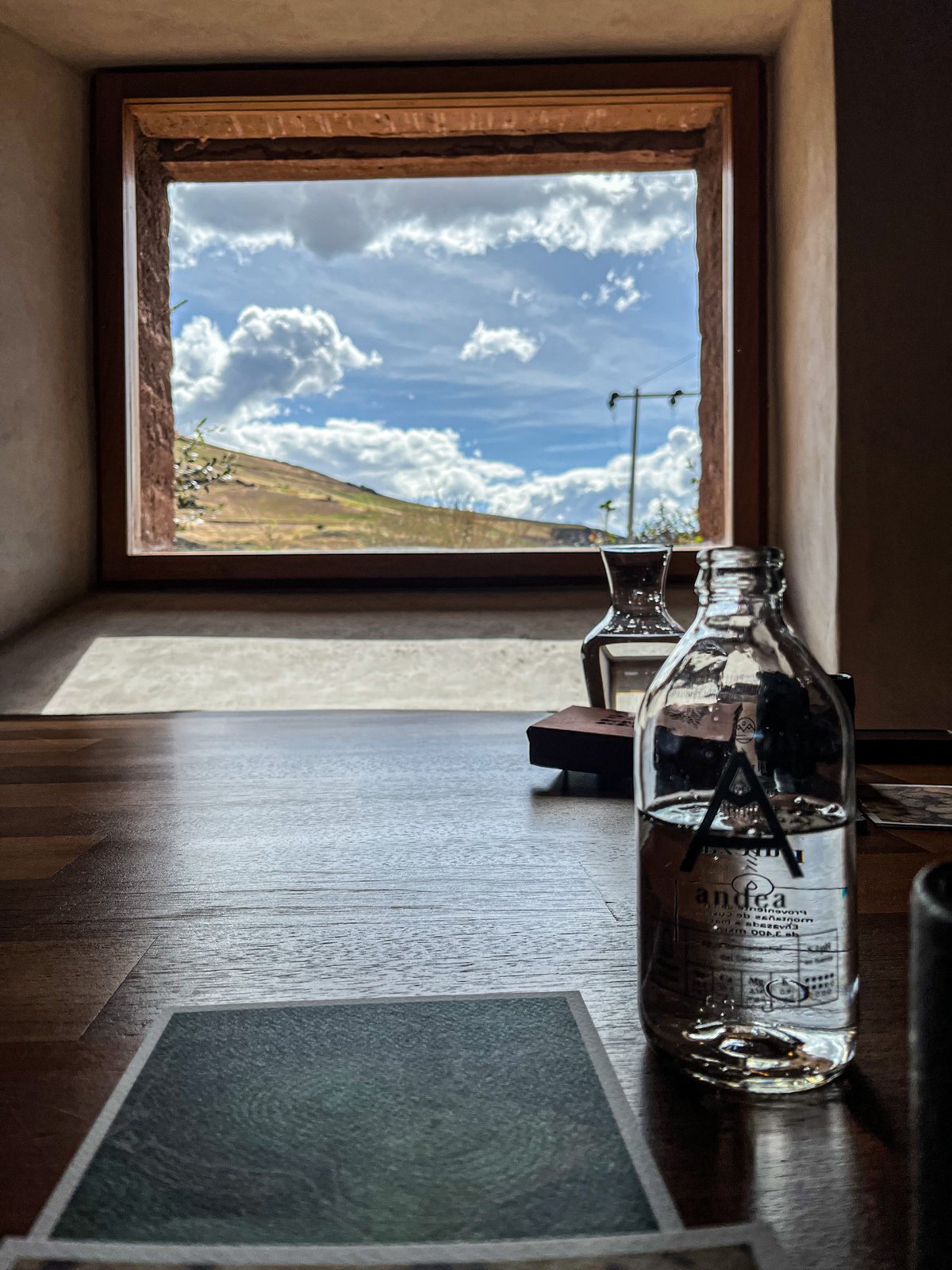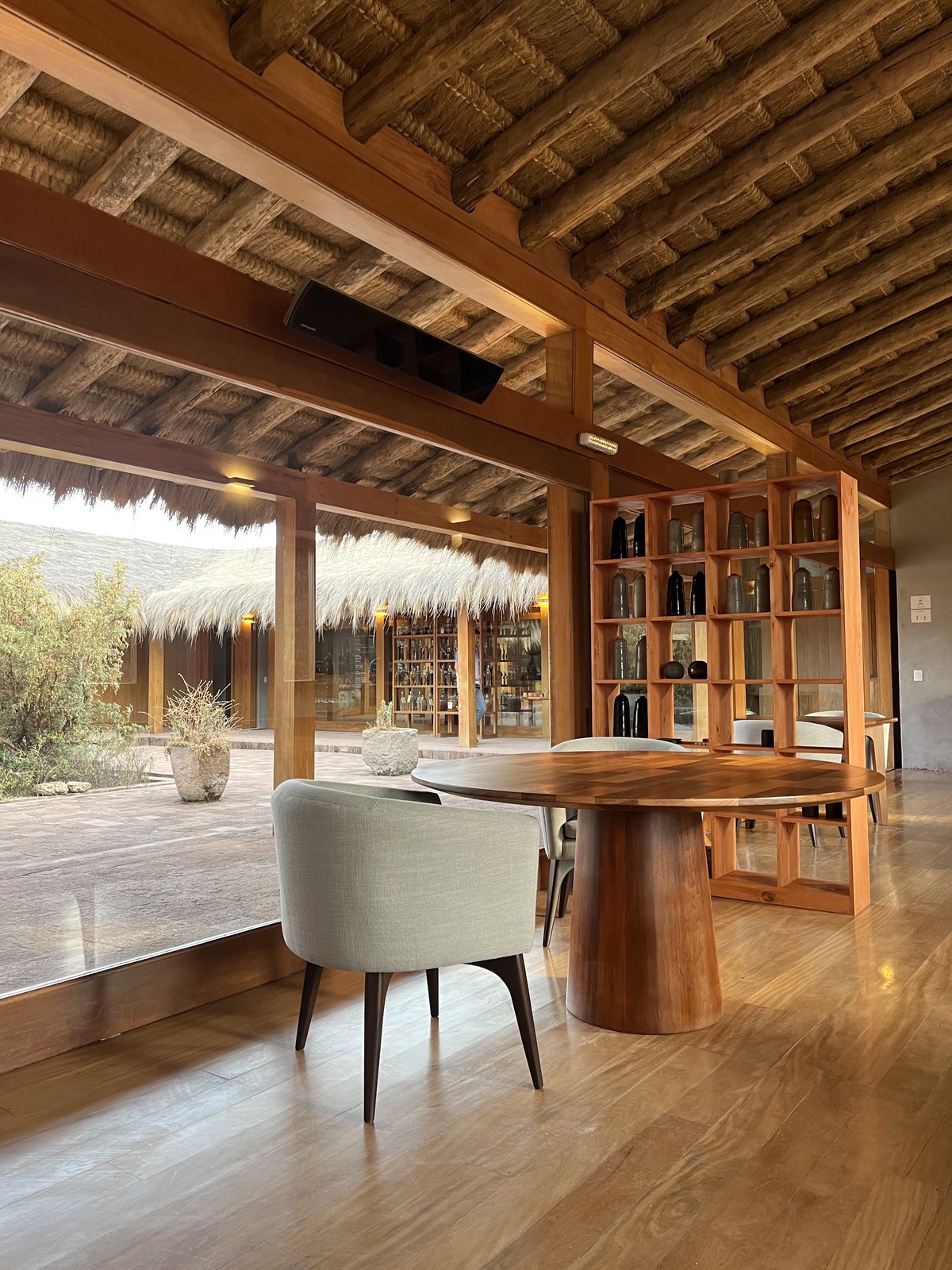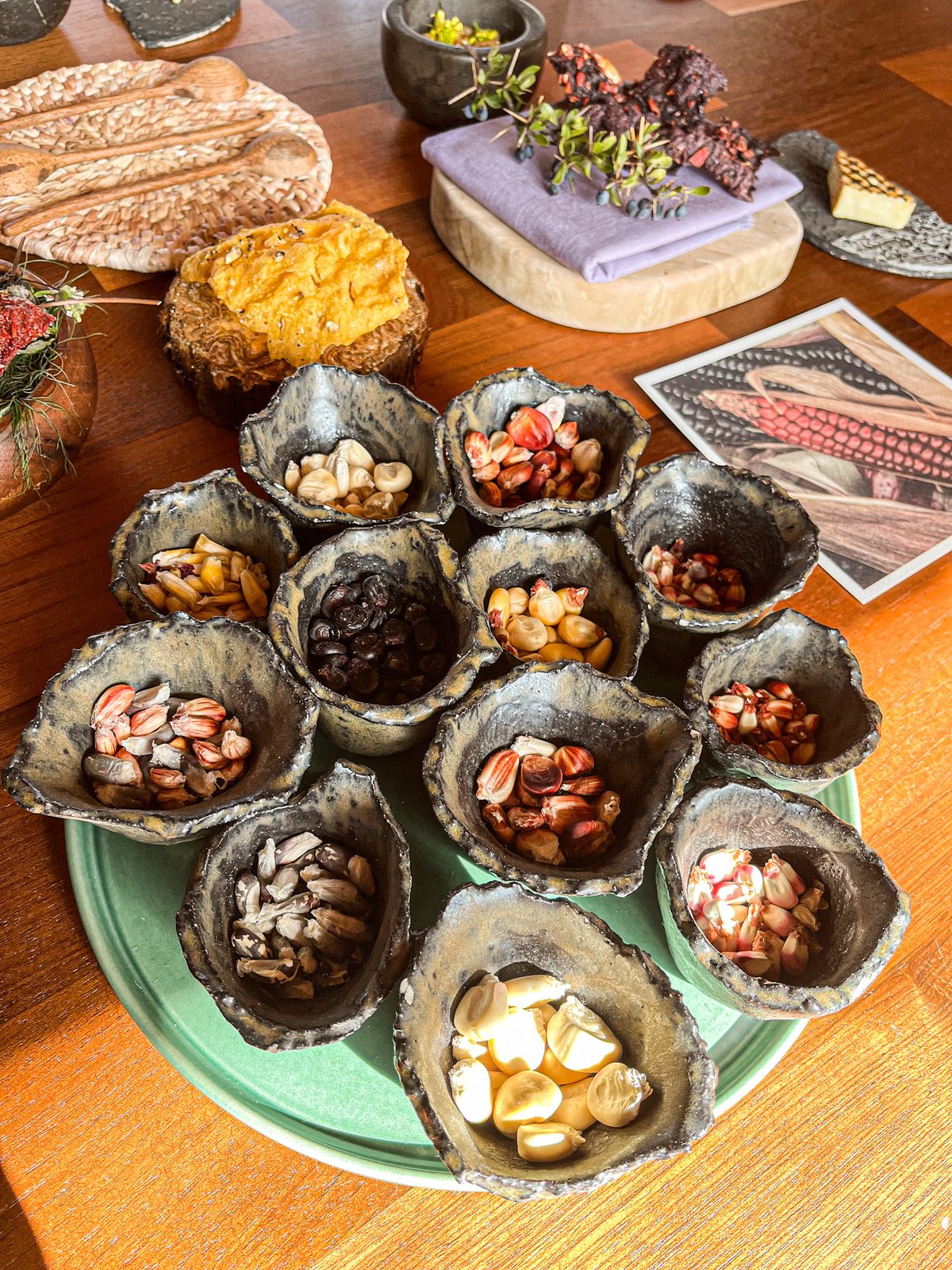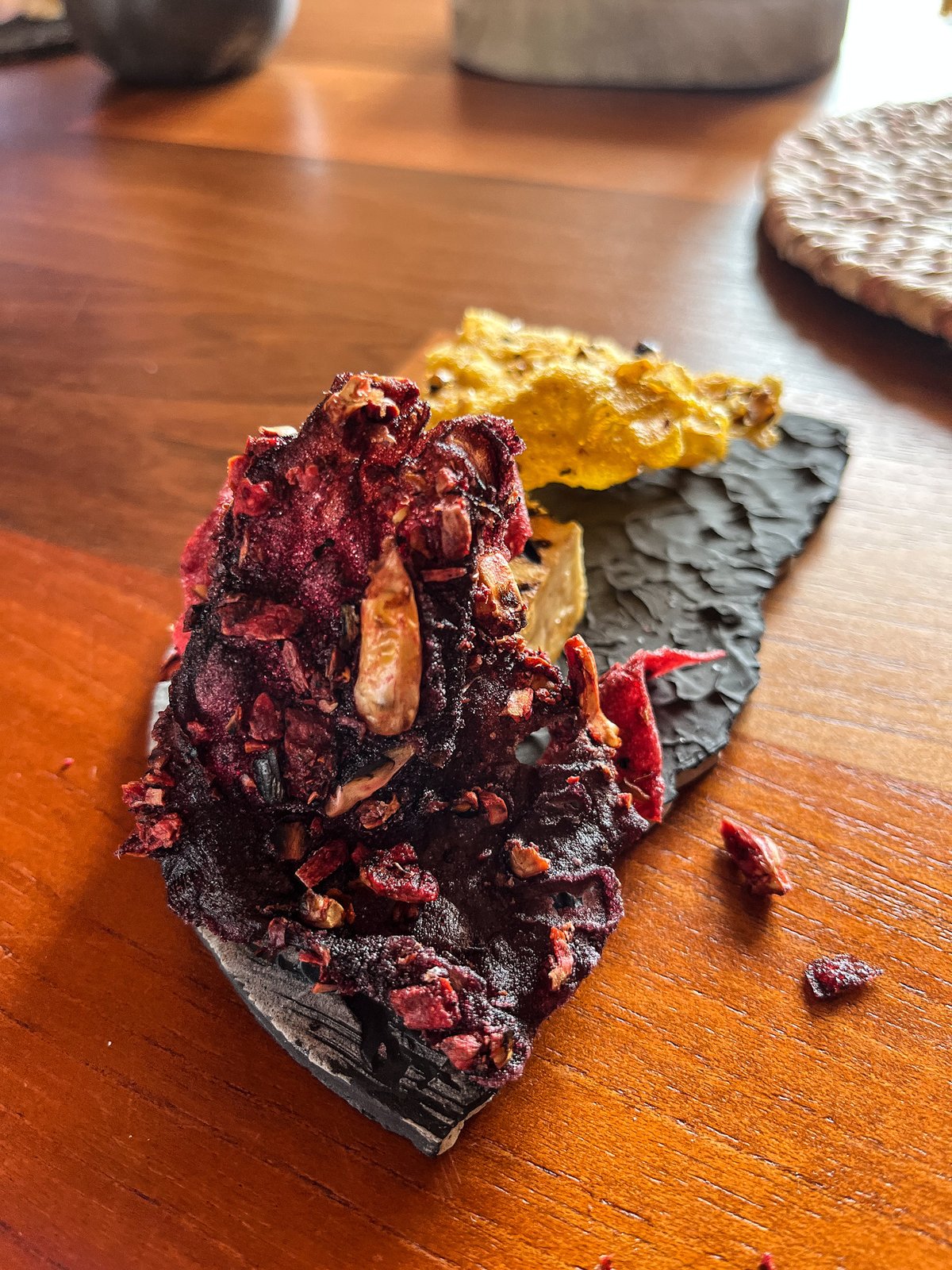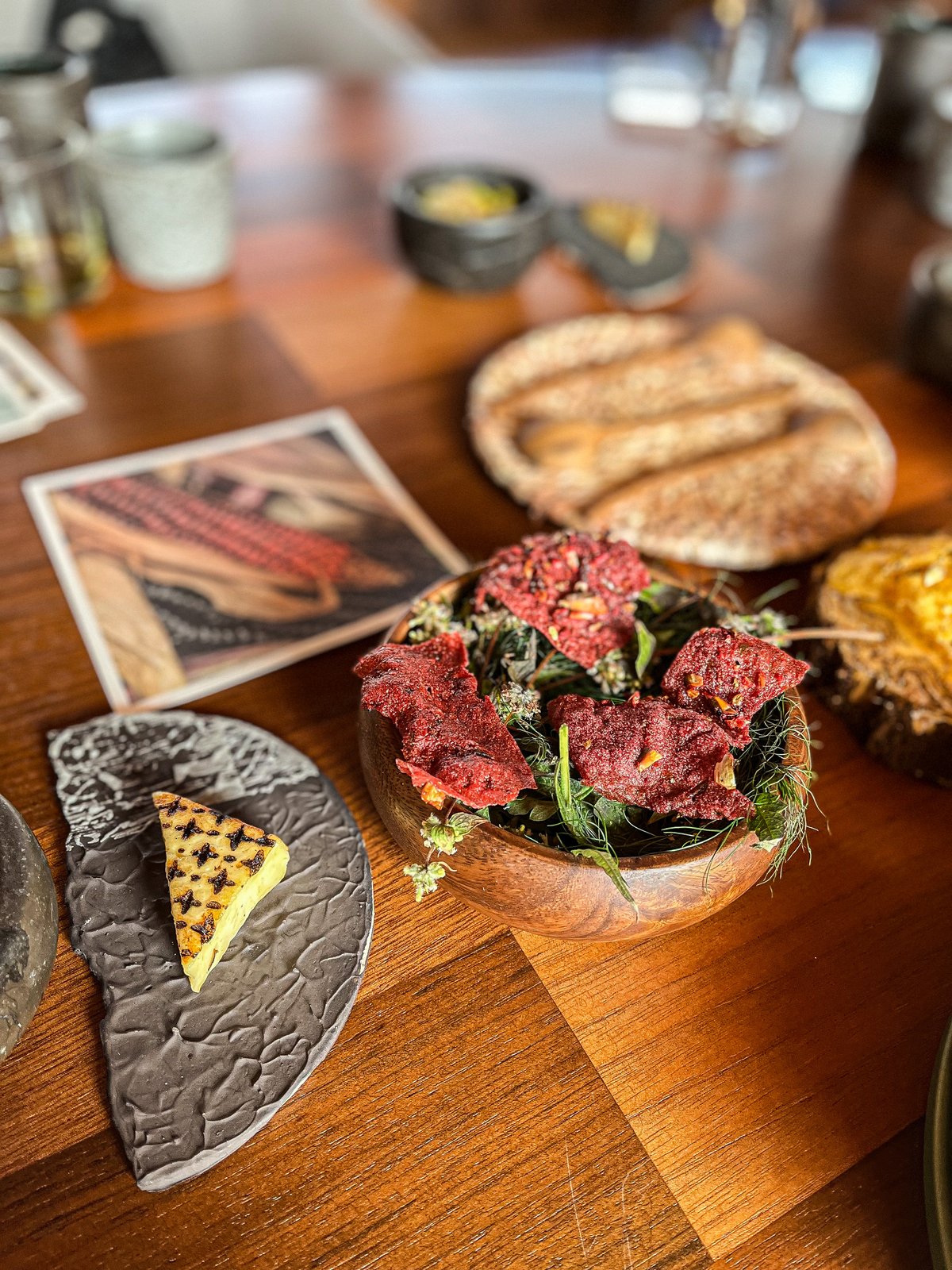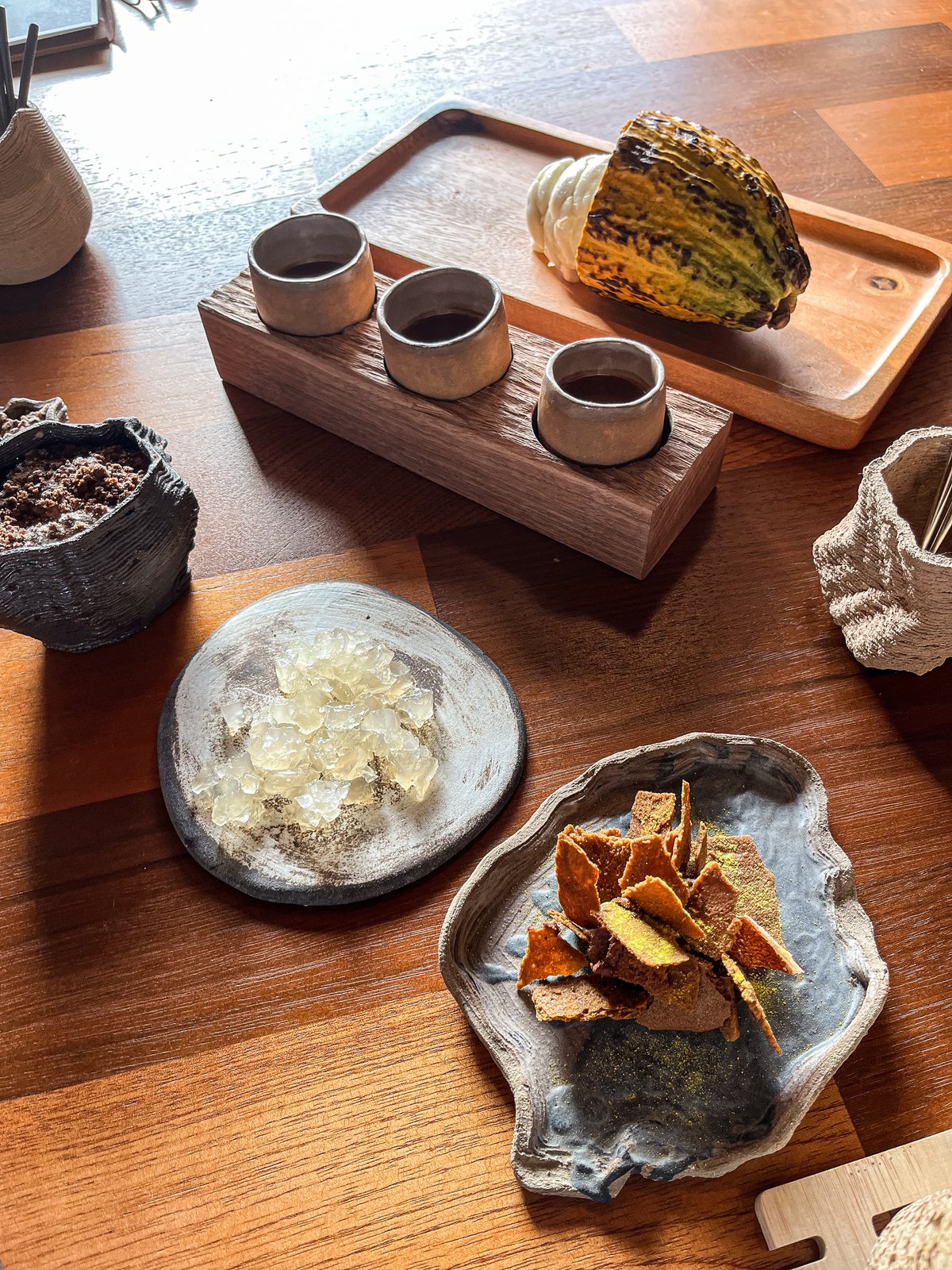One of the most exciting dining experiences, all achieved without a hint of special effects or theatrical madness. It touches the human side of you, it calms the mind and excites feelings on another level.
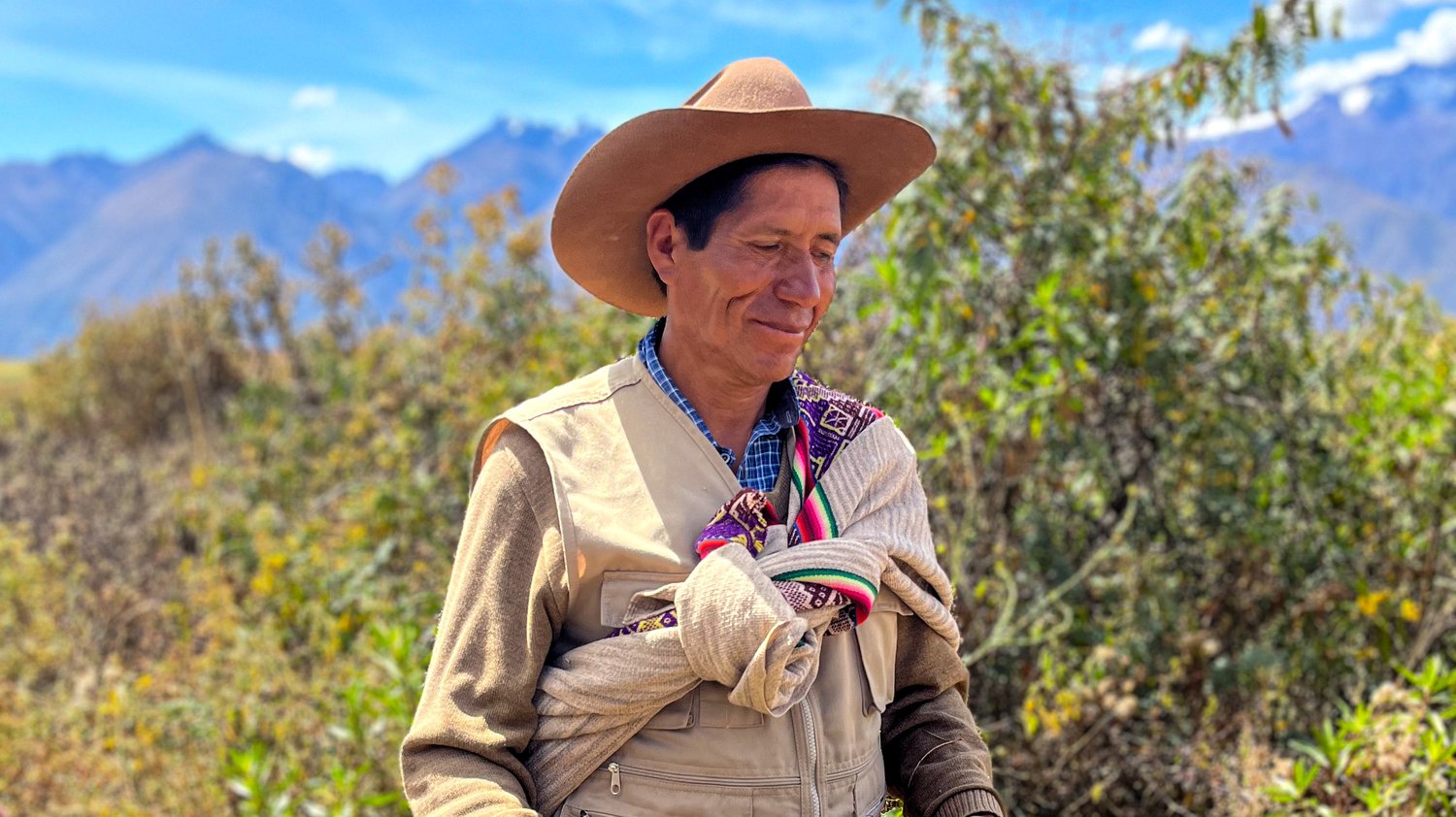
Standing just above Moray is fascinating, as it rises over the Sacred Valley, it’s amazing to think you might be stepping on the traces of meteorites that once fell to the Earth. This magnificent creation consists of a series of circular agricultural terraces (muyus in Quechua) that descend 490 feet (150 meters) from the highest terrace to the lowest. Each has 12 levels of terraces, with the largest depression having a diameter of 600-feet. Surrounded by the towering Andes mountains, looking into the depths of these man-made craters fills you with awe and wonder.
This is where the MIL Immersive Experience starts.
The restaurant is just 500 meters from Moray, this immense natural treasure created by humans so tightly connected with their roots and culture. This is such a relevant point as you find exactly the same attitude in MIL.
Getting to MIL requires a one-hour flight from Lima to Cusco, then it’s around 2 hours by car. Once there, at 3,568 meters above sea level, it’s as if you’re seeing the world from more perspectives and angles and perceiving the connection between humans and nature on a primordial level. This is a new world, a rediscovered world, and the gift that chef Virgilio Martinez has been giving to all guests to MIL. A gift that has been 15 years in the making.
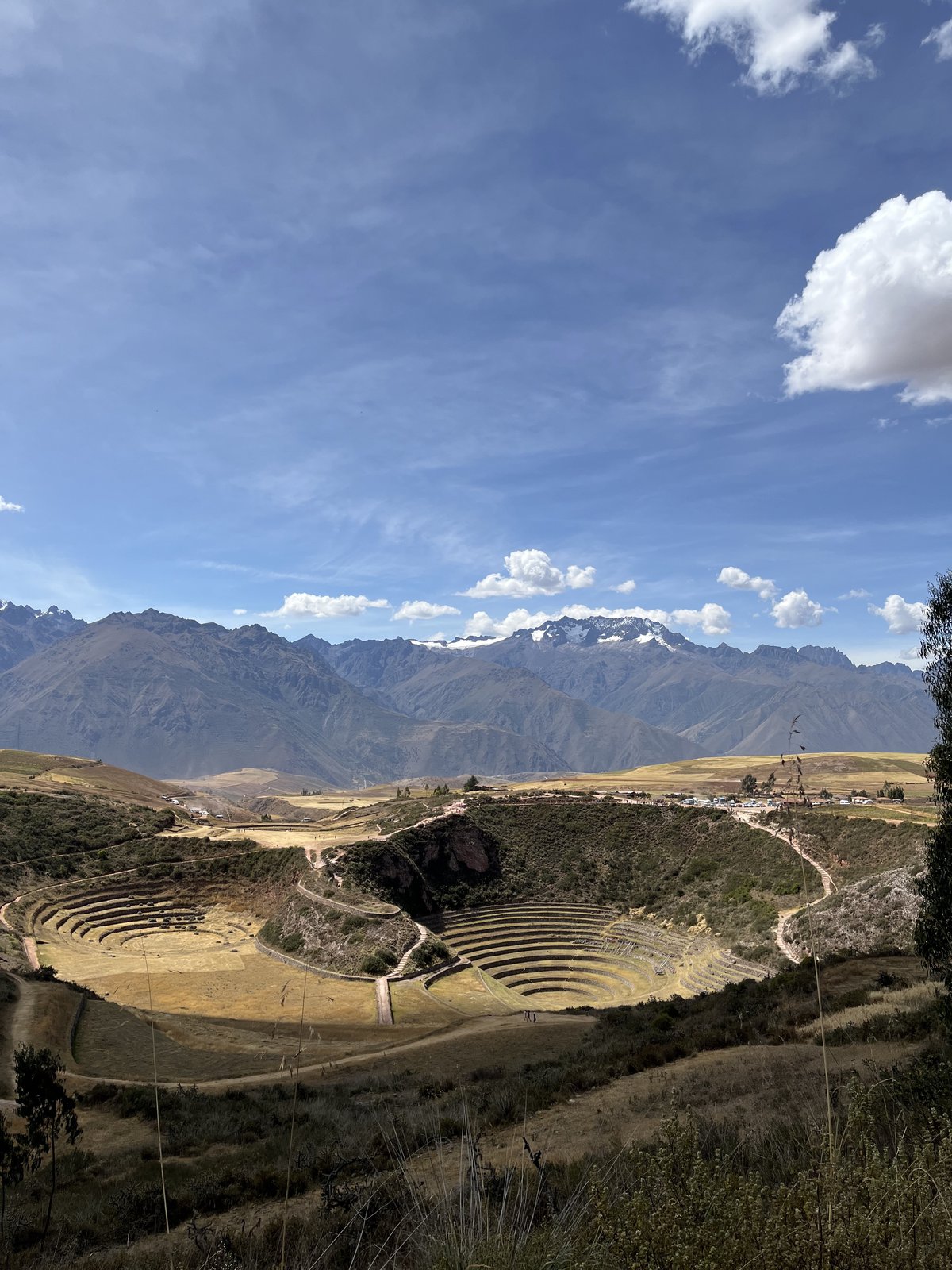
Moray ruins
At MIL the passion for knowledge is fascinating. It’s built on values such as connectivity (with nature and between people), cultural identity and respect and care for the environment around us.
This collaboration of farmers, biologists and anthropologists, using ancient knowledge and immersed in natural landscape design, and the creation of a High-Altitude menu that reflects the surrounding cultural and gastronomical heritage. is such a beautifully crafted patchwork of elements. MIL, which has taken around 15 years to become what it is today, is now looking the way chef Martinez imagined it (there are always improvements to be made, he notes with a smile).
Mater Iniciativa, a non-profit research centre located just next door to the restaurant, is an essential part of the MIL ecosystem.
Chef Virgilio Martinez, along with his sister Malena as co-director and Pia Leon, the chef of the sister restaurant in Lima Kjolle and Matinez’s life partner as culinary director, manage Mater Iniciativa. This unique research centre began to form in the mind of chef Martinez as soon as his flagship Limian venue Central restaurant started doing well financially. It was the next logical step for a chef who has been fascinated by the cultural and natural richness of the Andes, driven by the desire to research and bring all those Peruvian bounties to the world and to his own country’s table.
Today, there are offices both here in Moray near Cusco and at Casa Tupac in Lima, home to Kjolle, Central. Their work is devoted to an interdisciplinary exploration of the Andes’ product biodiversity, communities and culture, and employ specialists such as anthropologists, ecologists, chefs, and members of the local communities.
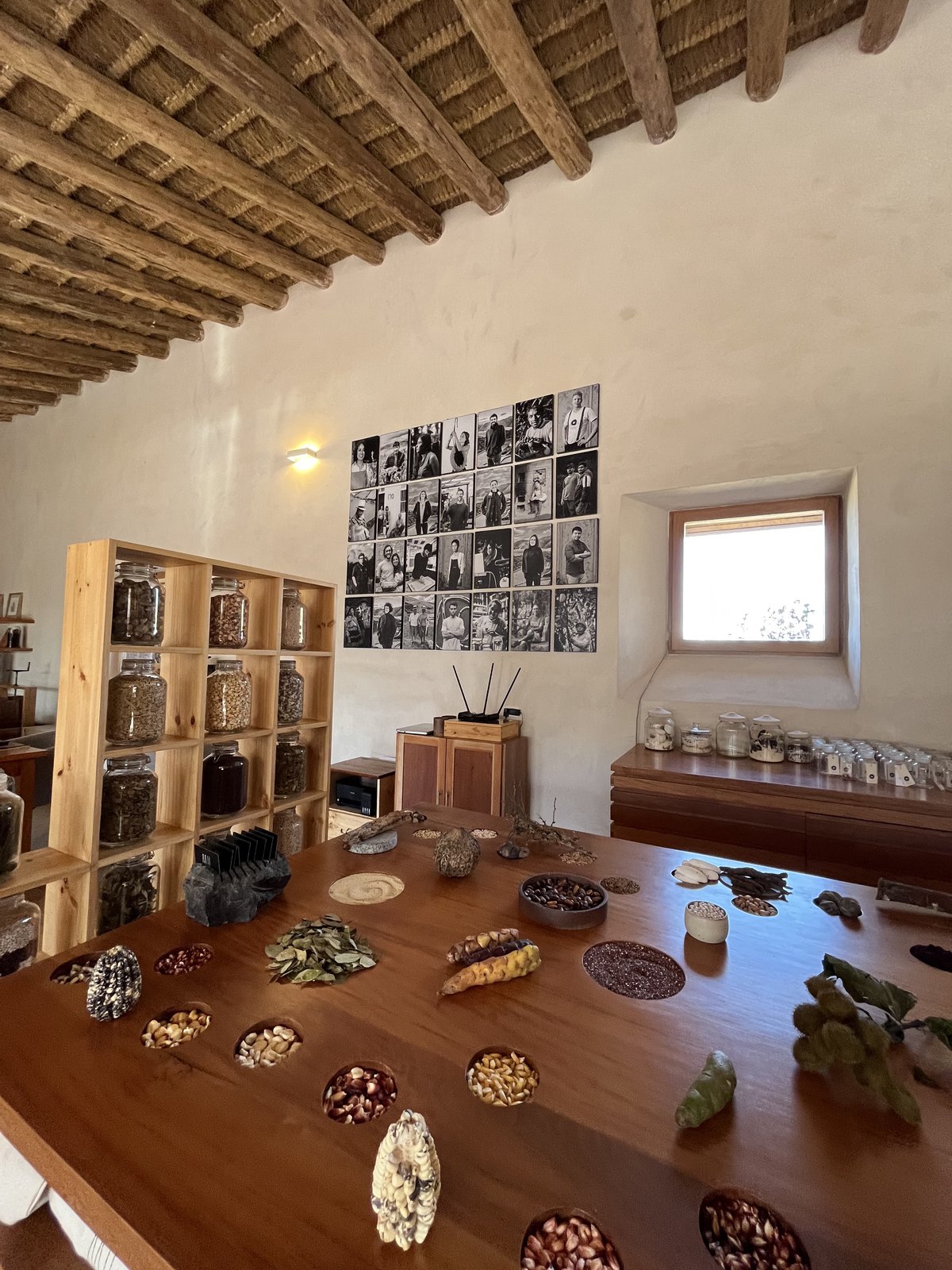
Mater Iniciativa office in Moray
The mindful gastronomical journey at MIL restaurant is called a «Full Immersive Experience» and is a transformative culinary journey, harnessing the power of nature and the people who are its most-devoted ambassadors. As we go further on our journey, after the magnificent view of Moray, the Experience continues with a sip of chicha, a beer made from germinated corn that holds well in the dry season and has more starch. Cleto Cusipaucar, a member of the Immersion team explains, you should first spill a little to Pachamanca (into the ground). So we continue with an introduction to the local communities that Mater Iniciativa work with, such as Mullak’as-Misminay and Kacllaraccay.
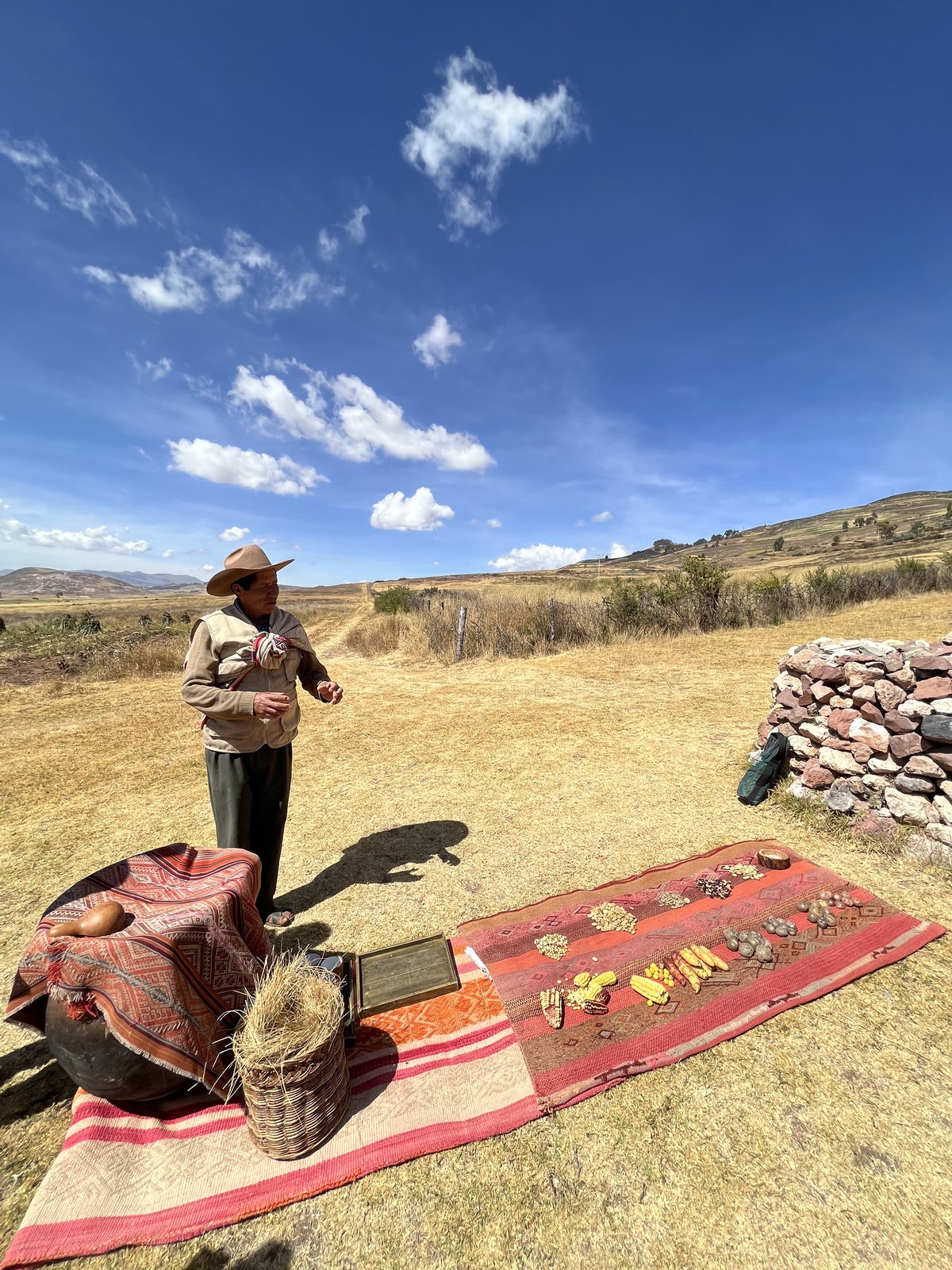
Cleto welcomes us at the beginning of the Full Immersive Experience
After sharing some chicha with us, Cleto goes on to show us some native potatoes; he cuts one in half and it reveals the great dazzling purple circles surrounded with yellow. These varieties, azyltica and pocaboli are high in antioxidants. He then presents quinoa and tarwi, (a staple of the Incas providing 17% of their dietary protein) Cleto then grabs some local Andean fava beans and tells us that they will accompany sandy potatoes in a dish called solterito. They are boiled and peeled, then they are added to carrots and tomatoes and some passion fruit from the higher altitudes.
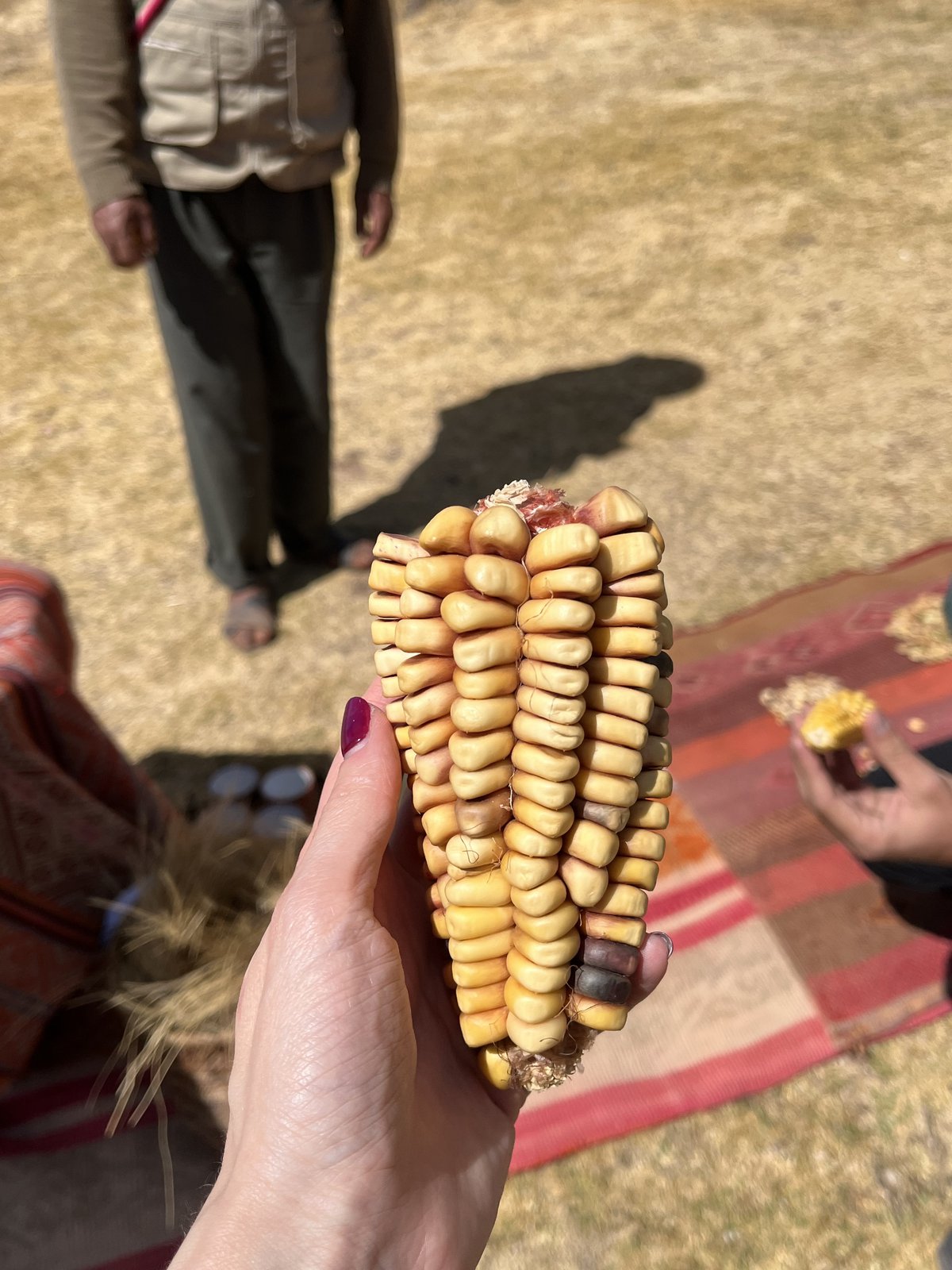
As we ascend, the Experience continues with a «Ruta Botanica», a botanical route showcasing all the varieties of native plants surrounding MIL. The aromatic wild plants and flowers serve different purposes. The local people have great knowledge on their use in medicine, gastronomy, mixology, and dye-yielding.
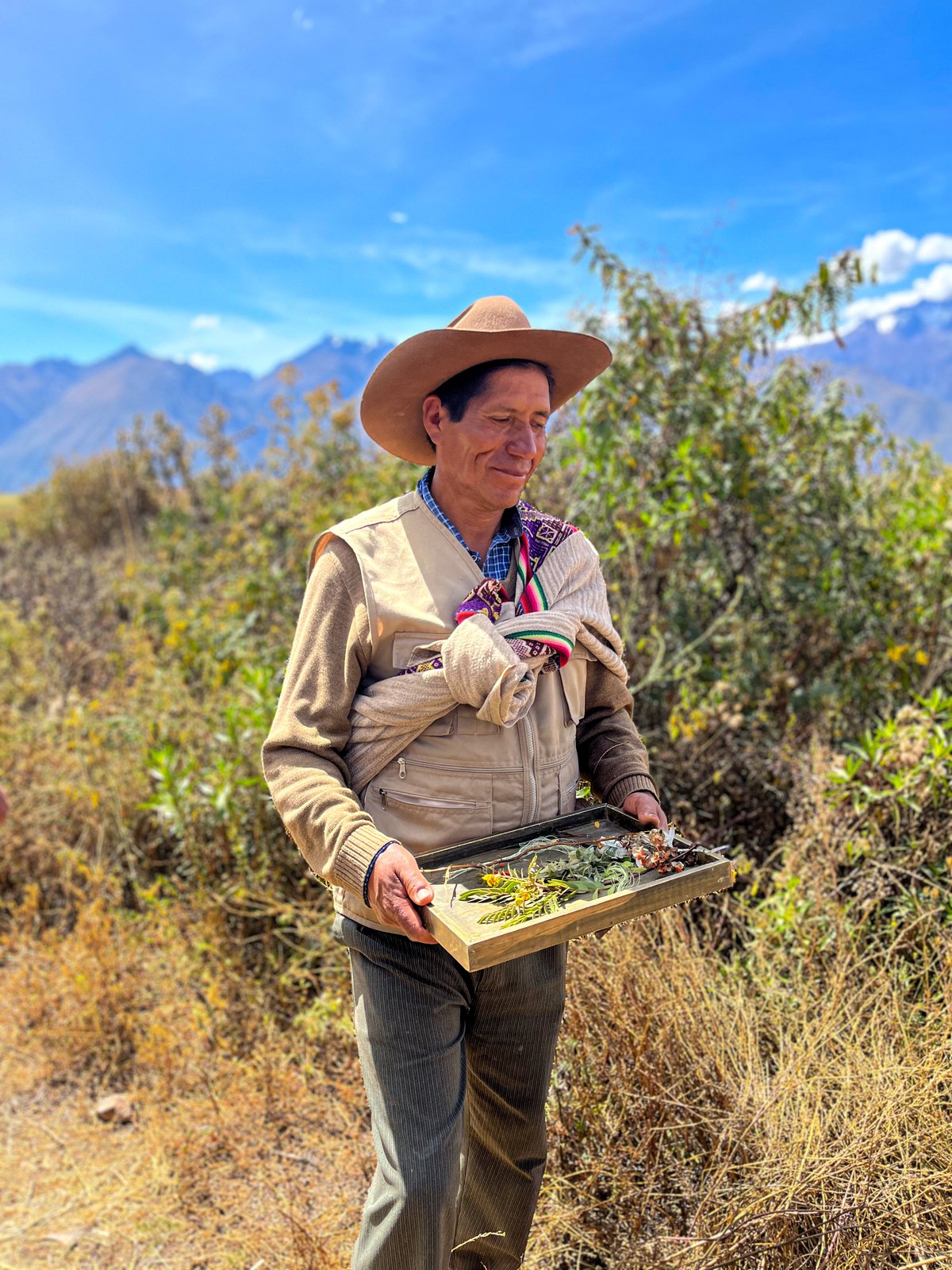
«Ruta Botanica» with Cleto
One of the most special plants is cabuya, the plant appears as a cactus but holds many special features. Typical of the Andes, this plant has elongated green leaves with small thorns on its edges and a larger one at the end of the leaves. The leaves are fleshy and fibrous and inside are a series of threads that are particularly strong fibres. In fact, it was these fibres that were used in some of the first manufacturing processes for a variety of products used in the past such as fishing nets, slingshots and huaracas that were used to throw stones.
Cleto carefully pulls off the needle from the top of the leaf, and it comes out all ready, with a long natural white fibre, it seems almost miraculous. Cleto points at his robe saying that it is made out of Cabuya fibre. When you cut the root of the plant, when it is mature and dried, on the very bottom you see a shape of a bench, and it comes as no surprise that Cleto has such a bench in his own house.
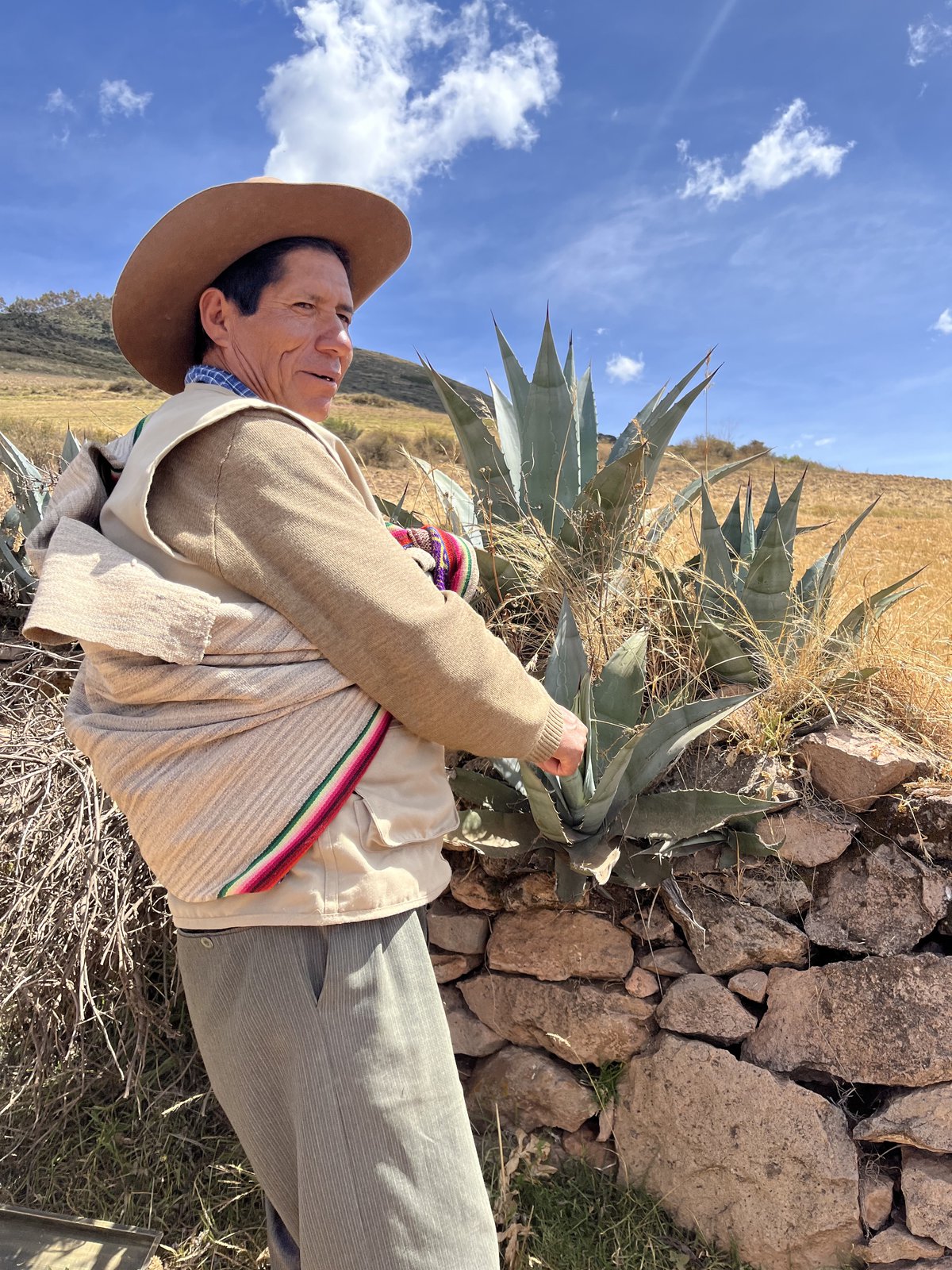
cabuya plant
Meanwhile, members of the CC Kacllaraccay community and Elba Henriquez Quispe are waiting for us for a botanical dyeing workshop.
When we meet Elba, she is already stirring vats of boiling water filled with kjolle flowers and wool totes. This is how you obtain the yellow hue. Italian textile designer Giulia Pompilij, a Mater Iniciativa artist-in-residence, has teamed up with women from the CC Kacllaraccay to properly showcase ancient dyeing techniques. Together they conceived the Warmi collective ('woman' in Quechua), an experimental workshop on dyeing with local Andean botanicals. The Warmi work actually starts in the field, as they forage on the slopes and hills for wild plants and roots throughout the year; the weather dictating the palette of the Andean textiles, the purple and reds relate to the rainy season while the dry season means yellows and green colors. A true synchronization with the natural cycles. Colors are extracted from leaves, flowers and roots. For example, the Macru plant will give a lovely soft greenish hue.
Next, Elba adds a limestone mineral to the boiling pot, to fix the color on the fibre. Capuli leaves from the valley are used for a brighter hue. Once the skeins have dried in the wind and sun, the Warmis create perfectly spherical balls of yarn, that will then be sold with Mater's help. This collaboration means a lot to both parties, as Mater reinvests the revenues to keep the initiative going and provide an additional source of income for the community.

